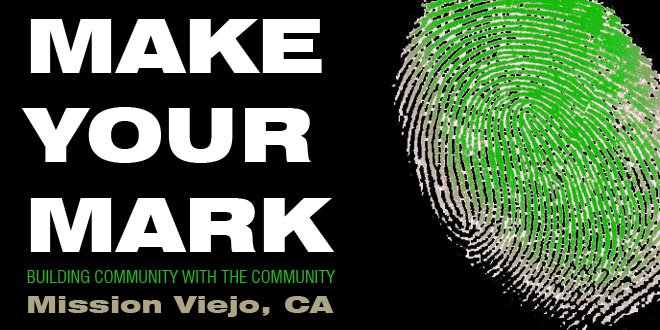
National Geographic contained an article last month called "A Bicycle Bump" which featured Portland, Oregon for it's "171 miles of bike lanes, ten freshly painted green boxes (picture above) that put cyclists safely ahead of vehicles, even some signals just for bikes." And this isn't the first time the yellow-bordered magazine has featured Portland. In the August 2008 issue, it named Portland the number one city in the top five bike-friendly cities in the nation.
It's of no surprise that biking is on the rise. With gas prices soaring, more and more people are parking the car and choosing to pedal to work. According to National Geographic, they measured this by the number of additional bikes being places on the racks of buses. In the lead is Houston with a whopping 235% increase.With more and more bike friendly streets being built and programs like bike-sharing, it's hard for anyone not to have the incentive to keep the car at home. Paris has a great bike sharing program, seen in the image below, taken near the Viaduc de Artes.

How wonderful would it be to show up in any city and be able to just grab a bike and go. Sure you can rent bikes for a time, but then they always have to be returned to the same place. Have a network of kiosks where you can pick up and drop off as you please purely on an as-needed basis is definitely something that would have more people grabbing a bike.
Now, many of you might be thinking that biking in Mission Viejo is more of a sport tham eco-commuting with all the hills we have in our city. But if our local government and developers would consider investing in our community by ways of improving the commercial and civic properties and amenities as well as improving the pedestrian and bicycle connectivity, this just might be a viable option for MV.
We could also take this concept further...what about sharing kids toys, video games and DVD'S, clothes, etc. We spend so much money on these things and more often than not we all complain about having these things pile up in our closets, garages and 'nooks & crannies'.
Think about it...what's your ideas?








